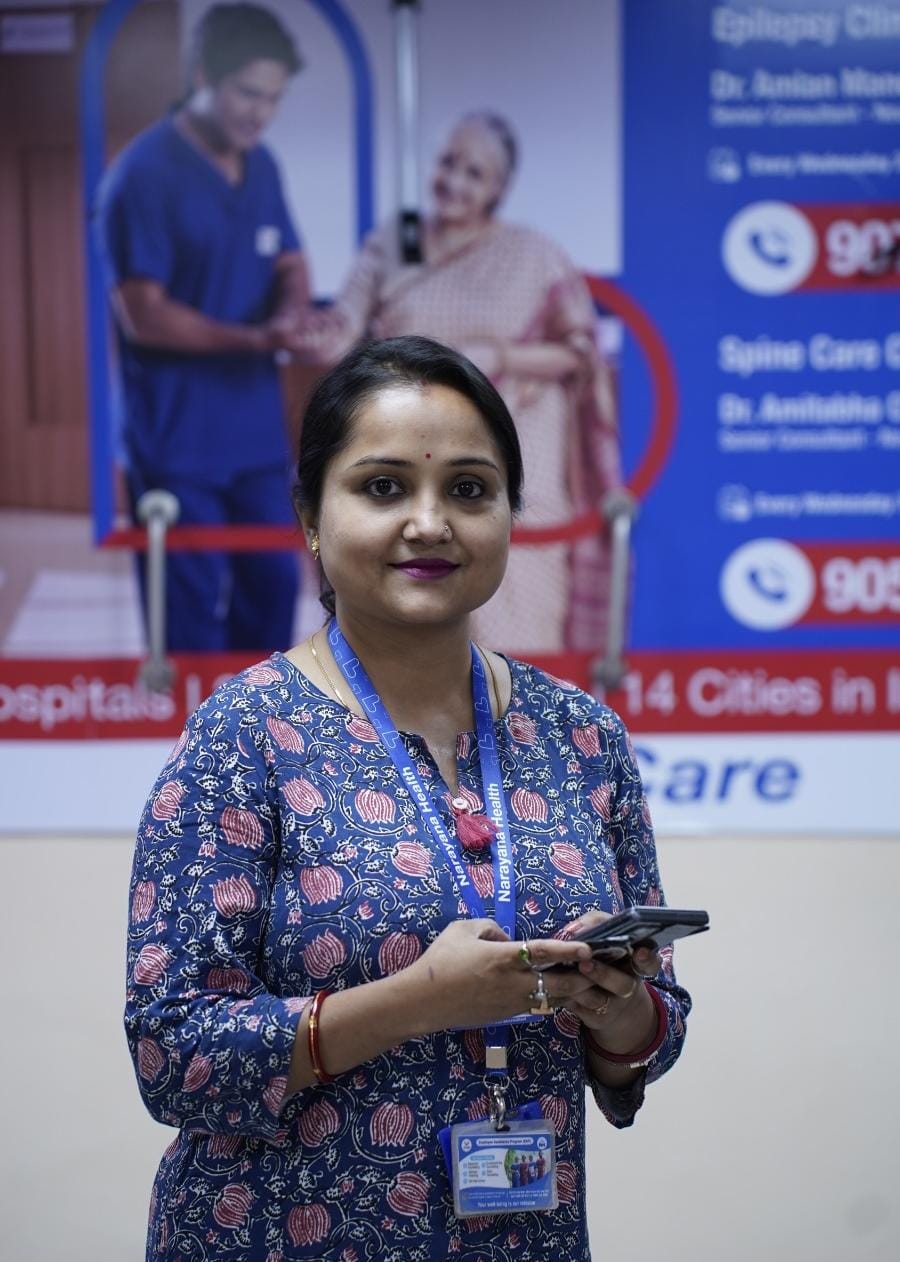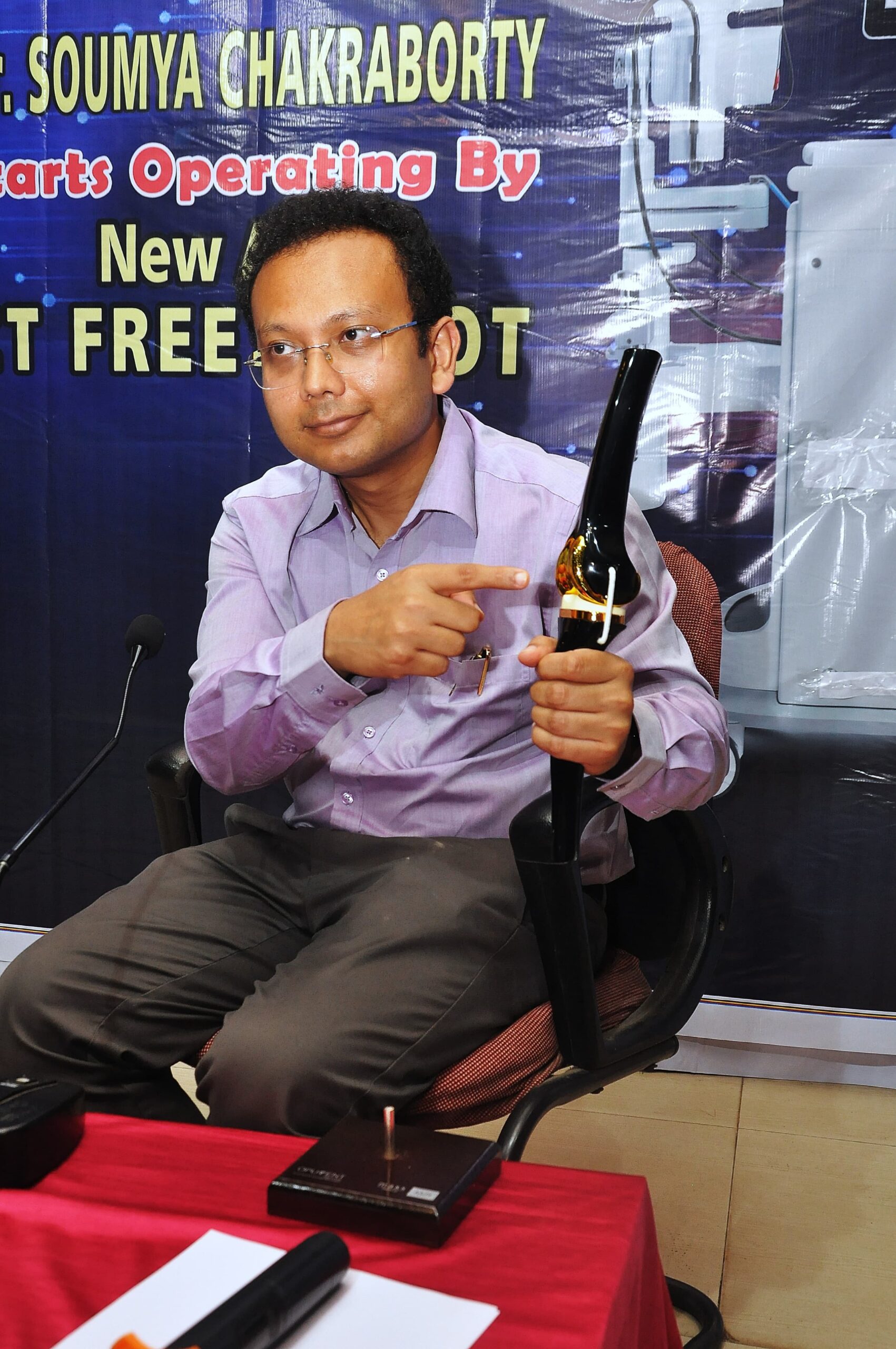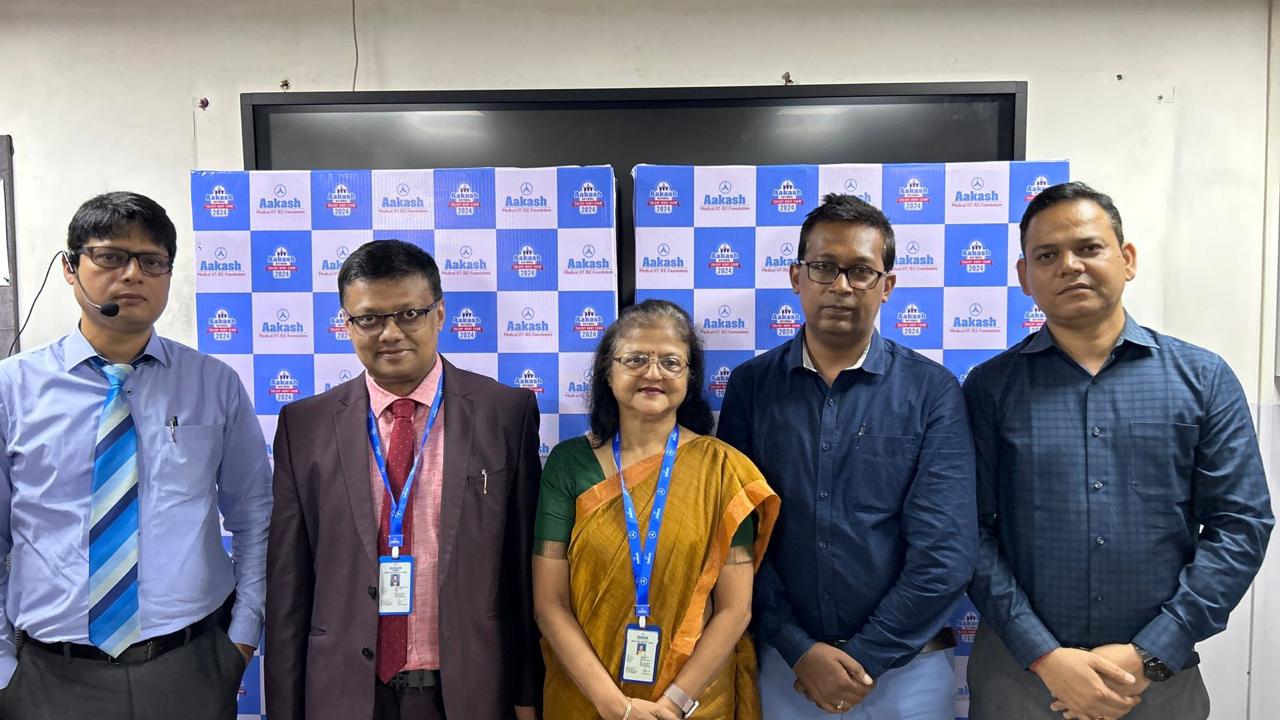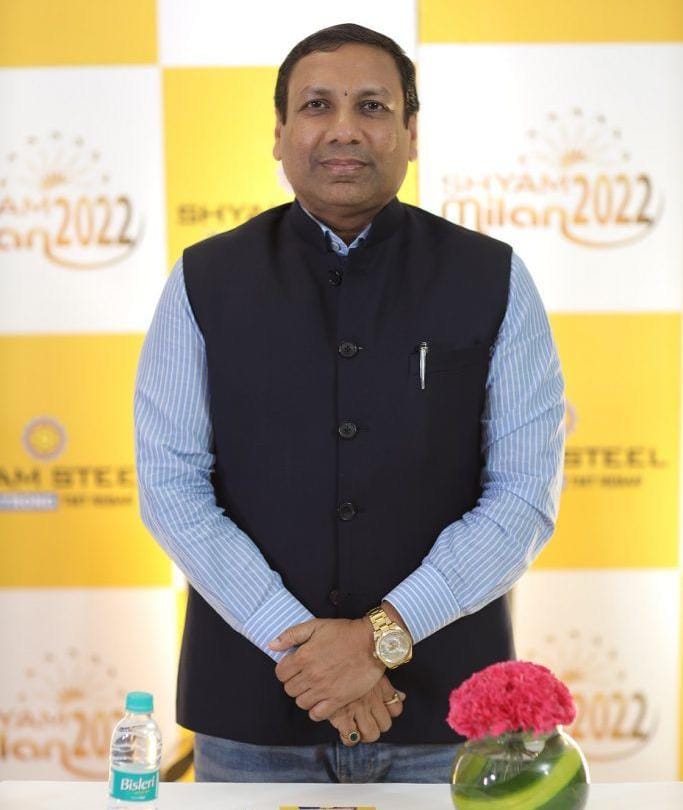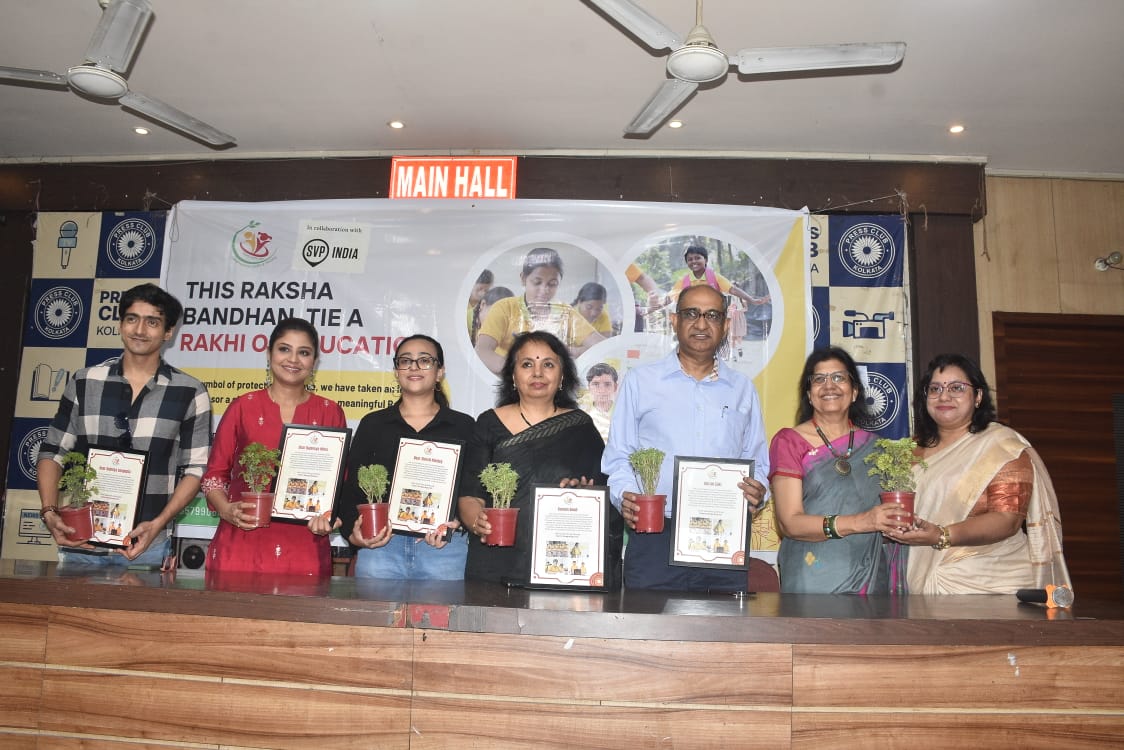Kolkata, 17th August 2023: The Calcutta Medical Research Institute (CMRI), celebrated the successful milestone of the completion of 500 successful Robotic Joint Replacement Surgeries through a patient-engagement event in the city today. Advocating the role of technology in bone health to ensure freedom from pain for patients, the team of doctors led by Dr. Rakesh Rajput, Director & HOD, Department of Orthopaedics highlighted how the technologically advanced robotic Joint Replacement surgery has enabled them to give a new life to numerous patients within a year and a half.
The event was graced by patients who have successfully undergone robotic joint replacement surgeries at CMRI and are now living a life without limitations. The cultural programme opened with a dance performance by a patient, followed with a ramp walk by various patients who depicted how this surgery has changed their life and enabled them to do something that there were restricted by before. The event moved forward with sharing of experiences that how these patients are no more dependent and developed a sense of empowerment to do their activities like travelling in trains, doing outdoor activity, including trekking. Post-surgery they all are pursuing their passion. The event concluded with an interesting & inspiring story of a patient who enjoys trekking.
Speaking on the milestone, Dr. Rakesh Rajput, Director & HOD, Department of Orthopaedics, CMRI said, “Robot-assisted surgery has become a state-of-the-art technology which enables operating with enhanced precision and accuracy. The team at CMRI, was the first to introduce this surgery in Eastern India with the latest cutting-edge technology and have empowered over 500 patients within a short span of 18 months to gain freedom from pain. Robot-assisted surgeries ensure quality diagnoses while minimising risk, to make care delivery more efficient to improve the quality of life among patients, enabling them to take on challenges without fear or inhibitions. At CMRI, we are currently offering both Robotic Total Knee Replacement and Robotic Partial Knee Replacement surgery. We are also conducting patients who require Hip Replacement with Robot. One should note that the Robotic Partial Knee Replacement is going to be the surgery of this decade till 2030.’’
Adding to this, Mr. Sombrata Roy, Unit Head-CMRI, CK Birla Hospitals, said, ‘’At CMRI, we strongly believe that innovation and adoption of new technologies are cornerstones of the current healthcare landscape. We have been providing quality and empathetic care through a patient-first approach for over five decades. The milestone of the successful completion of robot-assisted hip and knee replacement surgeries is in alignment with the futuristic outlook that we are focussing on as for providing continuous, quality and advanced healthcare. CMRI was the first hospital to bring this technology for patients in the eastern part of the country, immediately after it was launched in the Western World and in India.’’
Over the last decade, breakthrough in imaging and instruments have resulted in the creation of robotic-assisted surgery, a technology that assists surgeons in planning and performing a wide range of treatments with high precision including total hip, total knee, and partial knee replacements. The team of medical experts also shared how robotic knee and hip replacement surgery has become essential to grant patients a second chance at life with improved clinical results. The robot’s ability to aid enhanced accuracy of standard implant placing and accurate achievement of pre-operative planning, enables a customised prostheses replacement procedure.
Dr. Kunal Kanti Pal, Orthopaedic Consultant, CMRI mentioned, “One of the most difficult aspects of joint replacement surgery is aligning the different components of the prosthetic joint so that they interlock and perform seamlessly. The robotic arm gives the surgeon tactile, visual, and audio feedback to help him or her achieve the appropriate orientation, which can improve stability and movement. The precision of a robot exceeds that of the human eye, and this allows us to further personalize the procedure, leading to faster recovery.”

